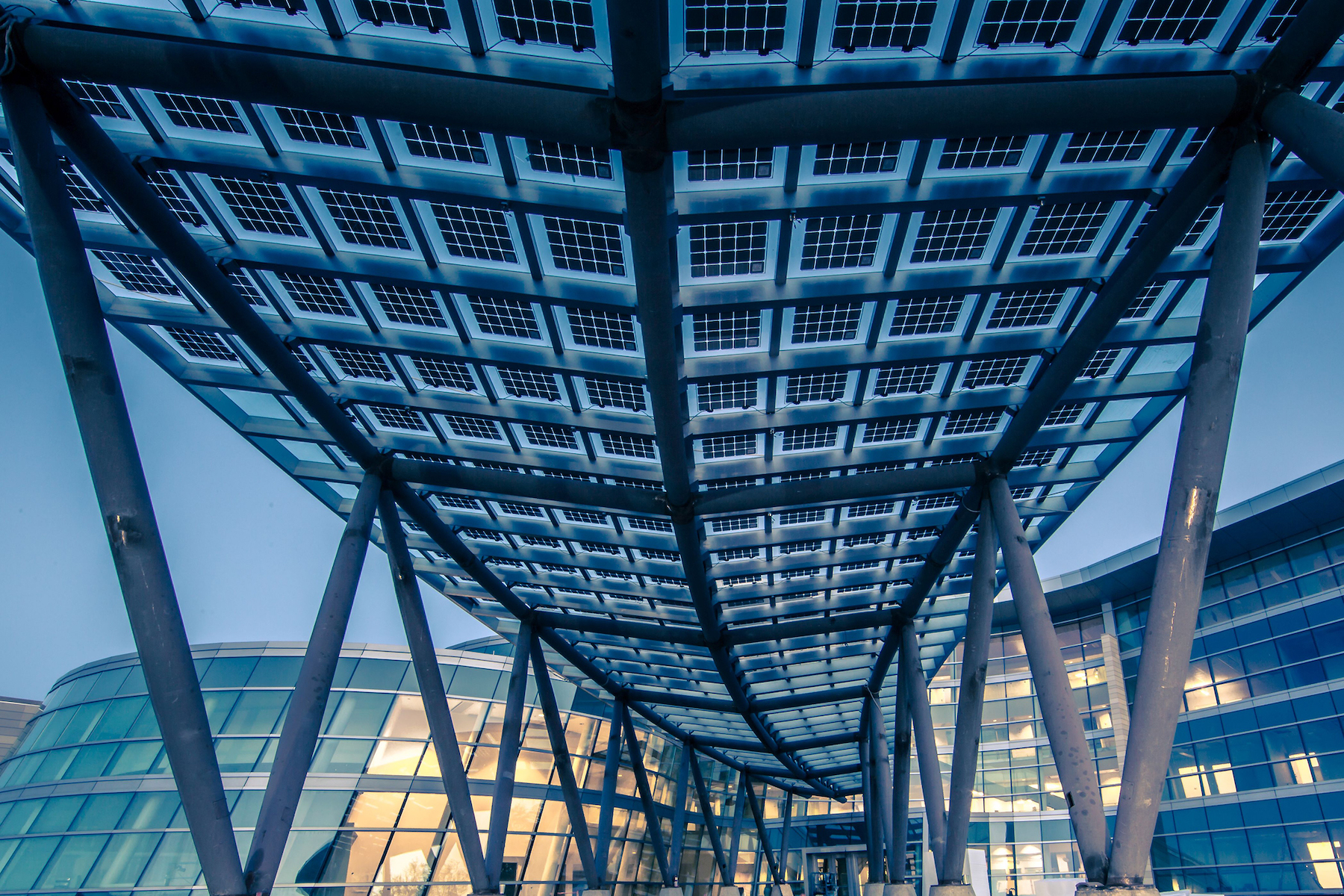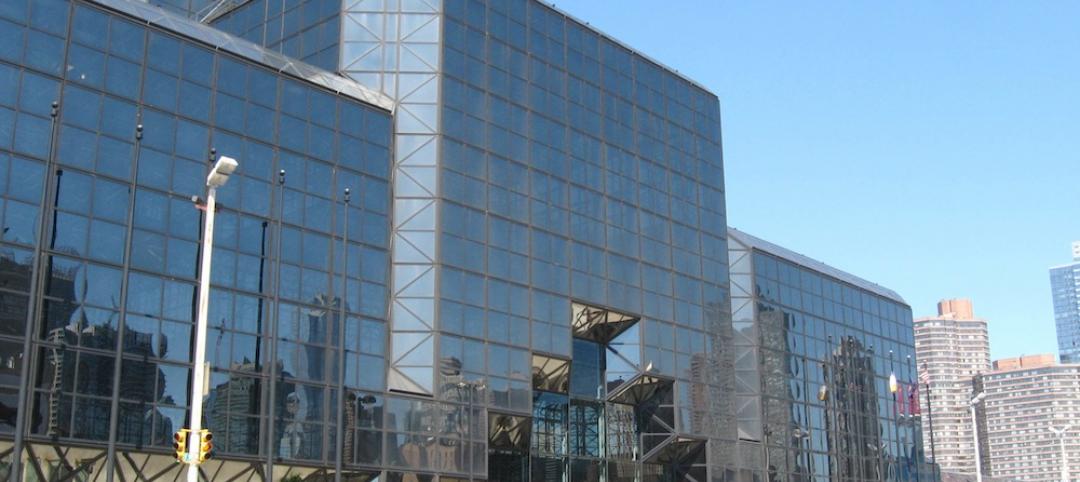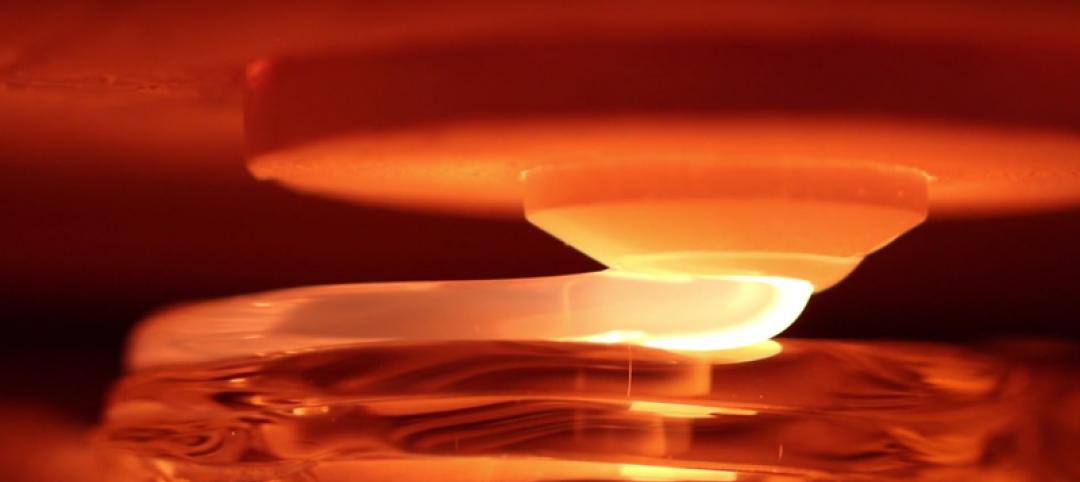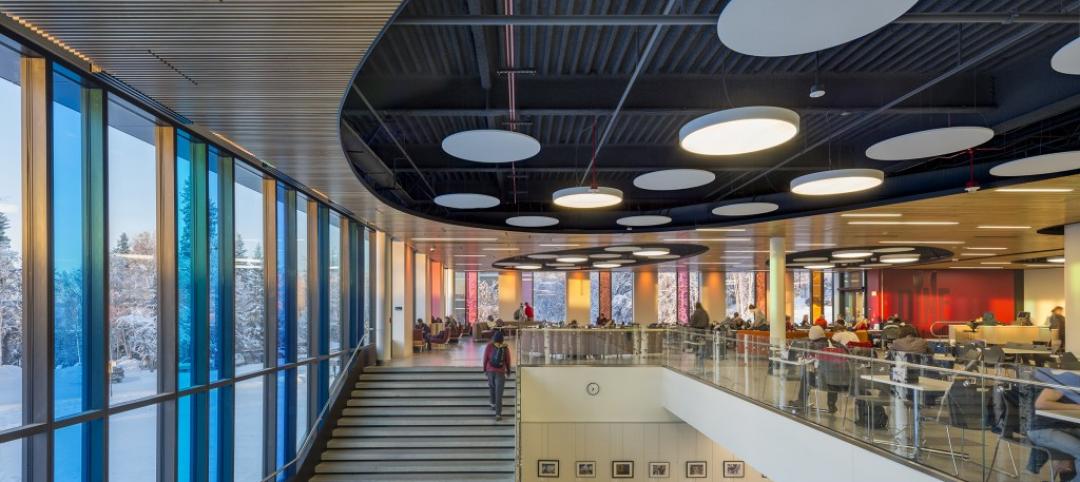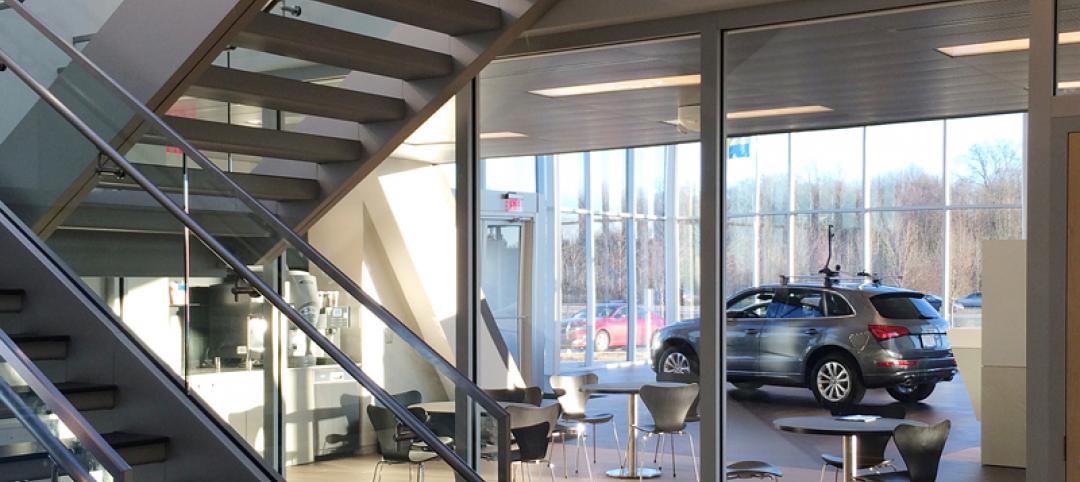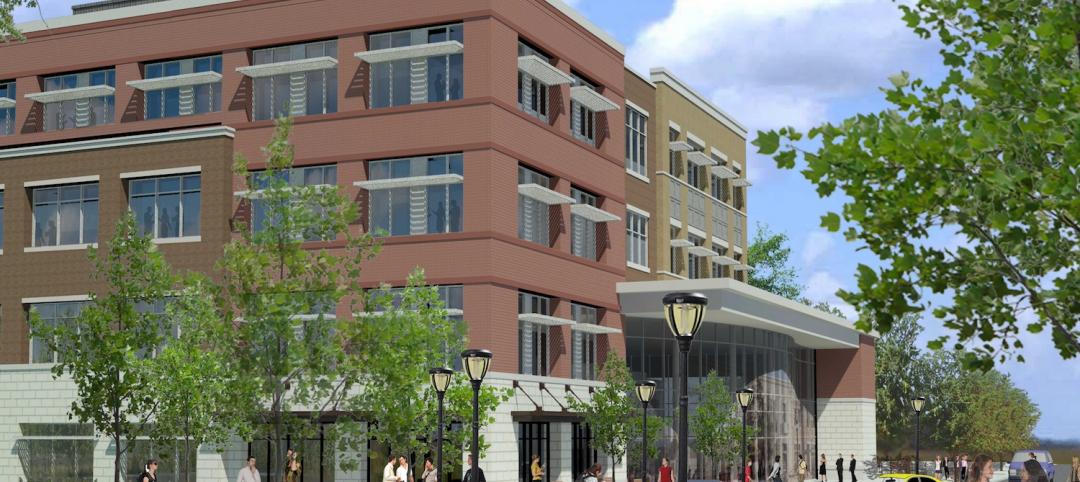Around the world, major government and social initiatives are driving demand for sustainable building design and CO2-free energy. In recent years, as the volume of solar cells being manufactured and installed in buildings has increased, the cost has lowered significantly.
The United States government has supported this effort through the Solar Investment Tax Credit (ITC). Since the program was implemented in 2006, the residential and commercial solar ITC has helped spark 10,000% growth in the U.S. solar industry, with an average annual growth of 50% over the last decade alone. The ITC currently offers a 26% tax credit for solar systems on commercial properties and can be applied to customer-sited commercial solar systems. The ITC credit can apply to aggregate investment in both energy-generating glass panels and electrical components.
Like sustainability, design expectations for commercial buildings are also at an all-time high. In glass specifications, today’s buildings can demand any combination of solar control performance, ultimate transparency, tinted aesthetics and colorful treatments.
Manufacturers like Vitro Architectural Glass have responded with building-integrated photovoltaic (BIPV) glass products like Solarvolt™ BIPV.
Where to Use BIPV Modules
Building-integrated photovoltaic (BIPV) glass modules have emerged as a solution to satisfy these challenges — CO2-free energy generation and design utility — while simultaneously replacing conventional building envelope materials, such as wall cladding or roofing. In fact, BIPV glass can be used to enhance virtually any exterior element: balustrades and balconies, skylights, roof elements, carports and more.
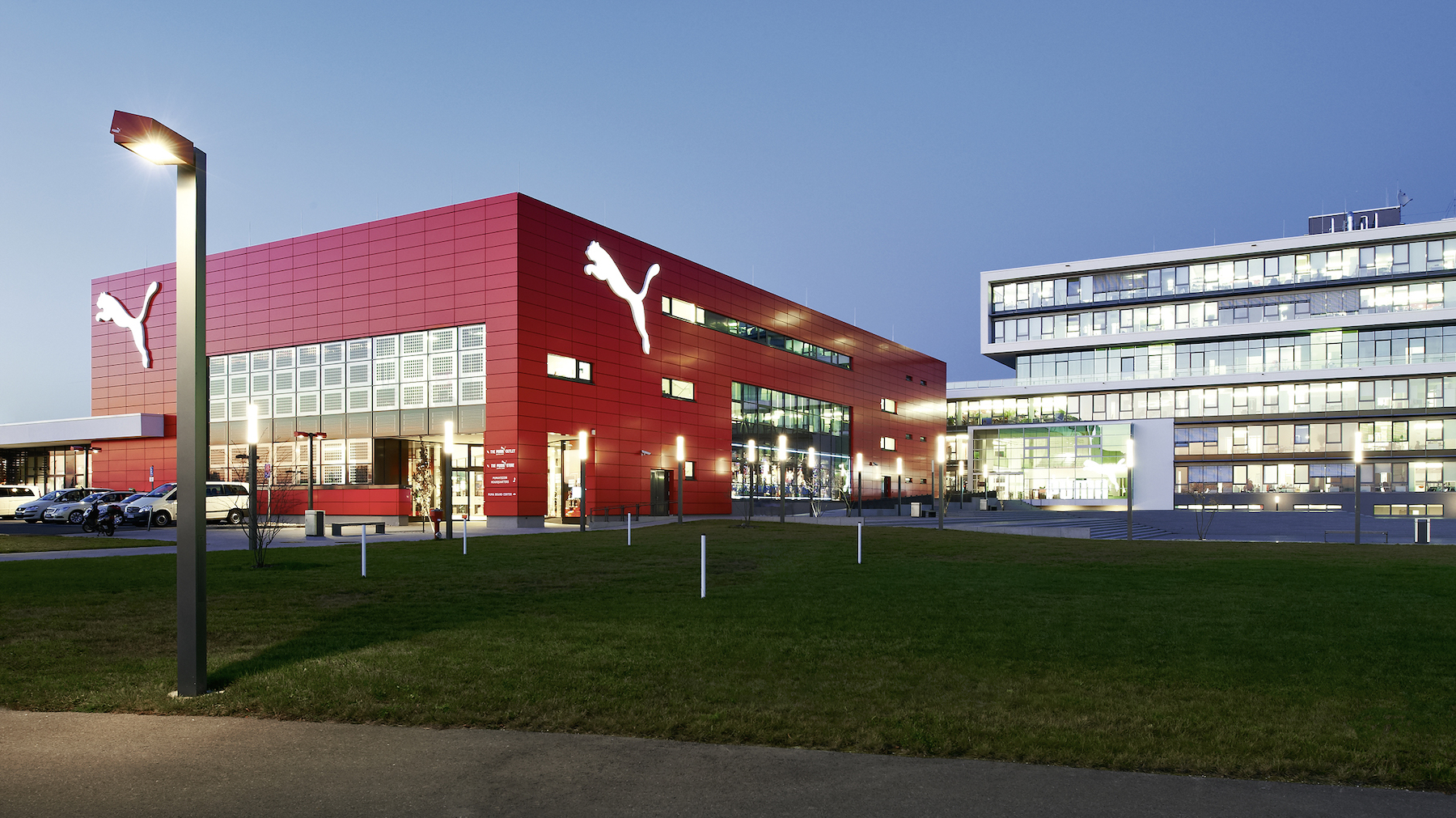
Most notably, BIPV glass modules like Solarvolt™ BIPV can perform the functions of classic glass façades, vision glazing and spandrel glass. In these applications, the solar module replaces conventional building panels and functions as external weather protection for the façade. Tailor-made solar modules comply with all design requirements for glass façades and can be installed with most conventional glass framing systems. For structural glazing, modules utilizing tempered glass with inter-window strips can be integrated into building envelopes and roof surfaces adjacent to heated rooms.
BIPV also can be used for sunshading elements, not only capturing sunlight to generate energy, but also protecting against the sun and glare. BIPV overhead glazing, canopy structures and skylights can harness “solar painting,” a term often used to refer to the interplay of light and shadow resulting from the spacing between individual solar cells. In addition to generating power, BIPV glass balustrades and balconies can highlight the architectural character of buildings and their surroundings while meeting requirements for safety or accident-proof glazing at the same time.
New Design Possibilities
A BIPV module typically consists of solar cells laminated between two glass lites — these can be comprised of virtually any glass product and with any high-performance low-emissivity (low-e) coating to provide yet another measure of environmental performance.
This means BIPV can meet a range of design goals. Designers can realize dynamic, colorful concepts with backpainted BIPV spandrel glass. Blue, green, gray and bronze tinted glasses can also help realize vibrant designs. For ultimate transparency and maximum solar cell performance, low-iron glasses with high visible light transmittance (VLT) also can be used. In fact, Solarvolt™ BIPV modules are compatible with every Vitro Glass product and substrate, including its historic Solarban® family of low-e coatings and Starphire Ultra-Clear® glass.
The BIPV panels’ solar cells themselves can be arranged in rows, alternating patterns and other configurations. Multiple photovoltaic (PV) crystalline silicone technologies also can impact the appearance of the solar cells and their power generation performance. While monocrystalline PV renders a black appearance on solar cells with maximum energy-generation performance, polycrystalline PV delivers a striking blue appearance with slightly reduced performance. For a patterned appearance and higher visible light transmission while retaining some of the energy generation benefits of monocrystalline PV, monocrystalline PV strips are also available.
For decades, glass has been seen as one of the world’s most versatile, beautiful and sustainable building materials. Now, glass is more than just an idea generator — it’s a power generator. Today, glass can collect clean energy, compounding the product’s powerful benefits.
To learn more about Solarvolt™ BIPV glass modules, visit www.vitrosolarvolt.com.
Related Stories
Glass and Glazing | Sep 10, 2015
As commercial construction booms, glass supply is lagging demand
Manufacturers are frantically restarting plants they mothballed during the economic downturn.
BIM and Information Technology | Aug 28, 2015
MIT researchers develop 3D printer that produces intricate glass structures
The machine uses molten glass as its “ink,” contained in a “kiln cartridge” that heats up at 1,900 degrees until it is molten and pliable.
Sponsored | Glass and Glazing | Aug 17, 2015
Specialty tempered glass??
Tempered glass is an excellent choice for large expanses of glass that maximize clear views while providing significant wind load and thermal stress resistance.
Codes and Standards | Aug 6, 2015
AAMA updates methods for testing of exterior walls
The standard specifies test methods, specifications, and field checks to evaluate structural adequacy of exterior wall systems composed of curtain walls, storefronts, and sloped glazing.
Cultural Facilities | Jul 16, 2015
Louisville group plans to build world's largest disco ball
The sphere would more than double the size of the current record holder.
Glass and Glazing | Jun 4, 2015
Construction of record breaking glass-bottom bridge nearly complete in China
Designed by Israeli architect Haim Dotan, the white bridge is meant to look as if it is “disappearing into the clouds.”
Glass and Glazing | Mar 15, 2015
Building tech breakthrough: Vacuum insulated panels keep University of Alaska students cozy in sub-zero temps
In a first-of-its-kind curtain wall installation, triple-pane VIP glass panels provide an astonishing R-40 insulation value at the university's new student union in Fairbanks.
Sponsored | Fire-Rated Products | Feb 12, 2015
State of the fire rated glazing industry
Many years have passed since my days as the “Wired Warrior,” writes SAFTI FIRST's Bill O'Keeffe. Every year at this time I reflect on just how far the fire-rated glazing industry has come.
Sponsored | | Jan 27, 2015
High-performance insulation brings design freedom, energy efficiency to urban redevelopment project
When developers of Uptown Bay City (Bay City, Mich.) began transforming the former industrial site into a mixed-use, self-sustaining riverfront community, they faced a design challenge. How could they incorporate greater expanses of glass to maximize views of the waterfront without the trade-off in energy efficiency?


